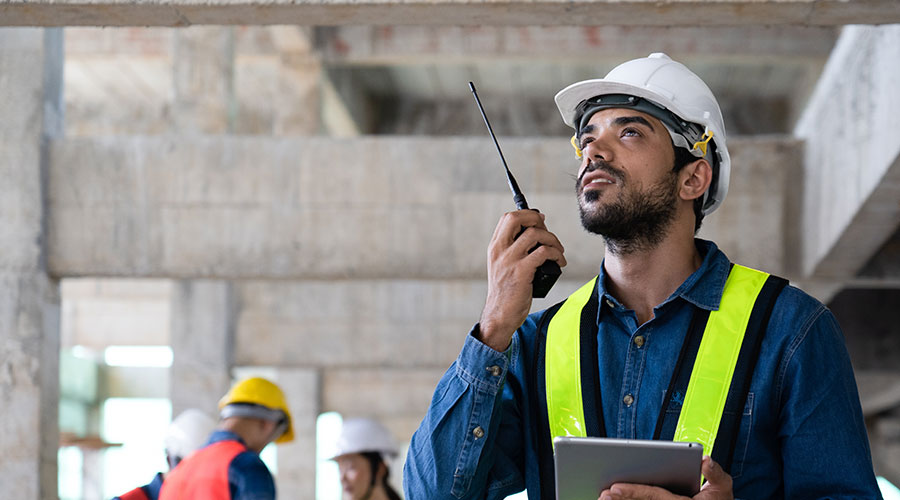How Facility Managers Can Benefit From Using Social Media
Social media platforms began as vehicles for individuals to connect, but it wasn't long before companies and organizations seized on the new opportunities to market their brands and reach their audiences. While the business case for a facilities department to use social media as part of its service delivery strategy may seem less clear than for a soft drink giant or a national shoe retailer, for example, it is nevertheless apparent and growing.
The biggest way facility managers can capitalize on social media is to establish relationships with their customers. In San Francisco, the Crocker Galleria, which has about 25 retail tenants, set up Facebook and Twitter pages as an experiment in early 2010. (Check them out at www.facebook.com/crockergalleria.) A person from the property management team was charged with managing the accounts on a part-time basis. "We found that in about three months that became a full-time position, just about," says Steven Ring, northern California city leader with Cushman & Wakefield, which manages the property. "It absolutely amazed us. It became a very interactive conversation. It gave great exposure to the retailers, to the point that they were able to cut back on the traditional methods of advertising."
Ring says the tenants don't have the resources to staff a social media effort, so they looked to their landlord to help them out. "It solidifies the retail/landlord partnership," he says. Other retail properties in their portfolio have shown interest in similar services for their locations, but Ring cautions managers to make their clients understand it can't be a for-free proposition. "Depending on the size of the property, it could be a half time or a full time position," he says. "Unlike a traditional website where you don't have to touch it for weeks on end, this is something that needs daily interaction."
At San Jose International Airport, in San Jose, Calif., social media is used as a way to reach customers and as a vehicle for customers to get comments back to the facilities department. For example, when the powered seating in the terminals had to have outlet upgrades, updates on the progress of the project were pushed out on the airport's Facebook and Twitter accounts. (Take a look at www.facebook.com/flysanjose.) Posts are also made when airlines change location or a new food venue is opening or to provide updates on spur-of-the-moment situations, like an issue with a security line. Conversely, the traveling public can use the platforms to let facilities know if a restroom needs attention, for example.
Their Facebook page has more than 4,500 likers and from the comments posted it's clear the traveling public has a relationship with the airport as a facility. One strategy that Patrick Crowley, acting facilities deputy director at City of San Jose, airport department, stresses is responding to customer posts and letting them know what the action plan is. "We push our responses back to our customer base," he says. "If you don't let the customer know that you heard them and you're doing something, even if it was a good experience, it just became a bad experience."
After a major effort to get customer feedback on the airport through a lengthy survey, the action plan was posted through social media. It is an economical and expedient way to keep customers in the loop. "Even if you can't change anything, let the customer know that," Crowley says. If a federal mandate, code requirement or other reason is factoring in, getting that information back out is important. "If you can't change it, let them know why so they know you heard them," he says.
Buildings can also have a Twitter account, with property managers tweeting just about anything that affects the building or the community around it.
Related Topics:















